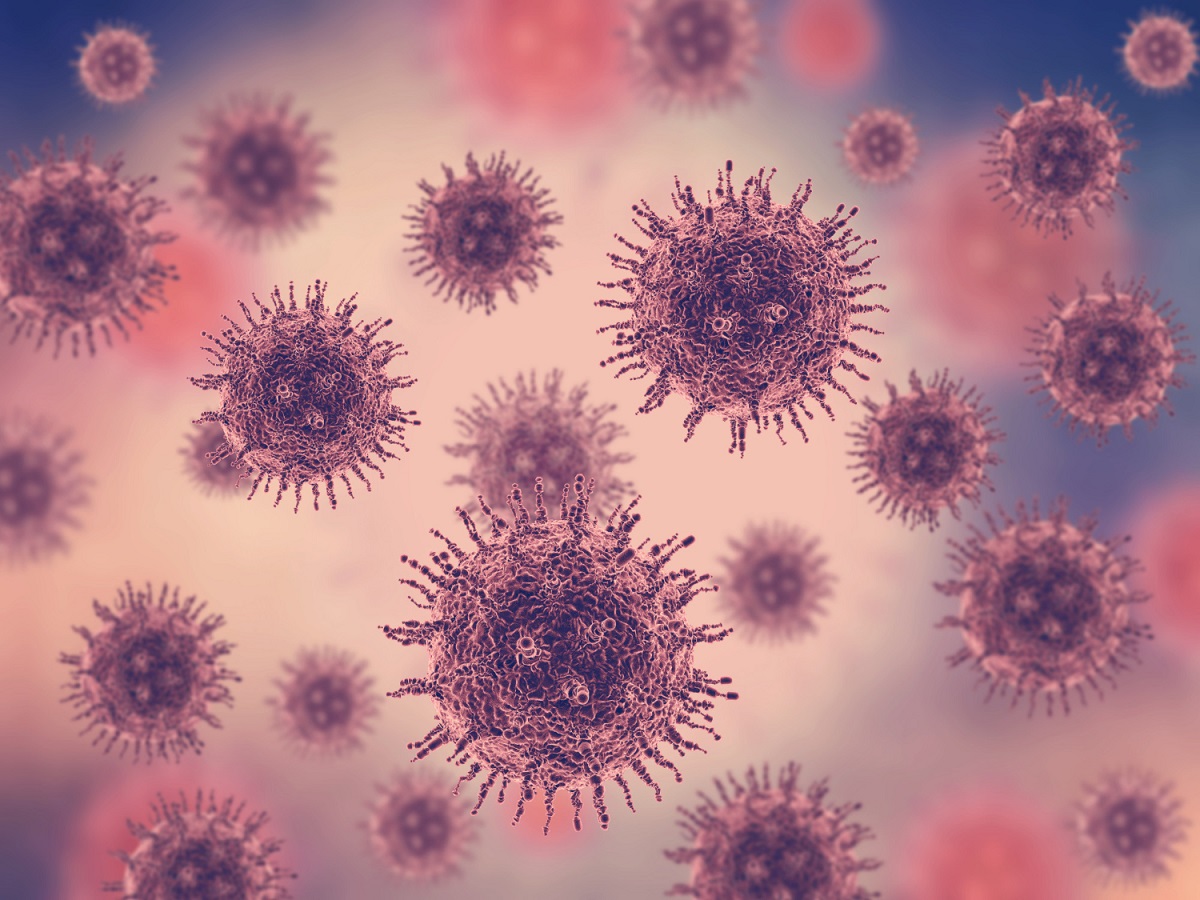KEY TAKEAWAYS
- The study aimed to investigate the clinical features in pts with BP-CML, including the TKI selection, treatment response, and HSCT status.
- The primary endpoint of the study was to analyze OS.
- The study concluded that the BP-CML prognosis was poor; large-scale studies are urgently needed.
Chronic myeloid leukemia (CML) is rarely seen in advanced stages, and the comprehensive clinical characteristics and outcomes of cohort studies corresponding to patients (pts) diagnosed with blast phase chronic myeloid leukemia (BP-CML) are limited.
Jian Huang and the team aimed to investigate the clinical features of BP-CML, including the TKI selection, treatment response, and whether pts had hematopoietic stem cell transplantation (HSCT) or not.
Researchers conducted a comprehensive retrospective cohort study involving pts with BP-CML with a confirmed diagnosis over nearly a decade, from January 2013 to December 2022. This extensive analysis focused on various clinical features of the pts, providing a detailed understanding of their medical background and disease characteristics.
Additionally, they examined the different treatment strategies in these pts and their corresponding outcomes. The key endpoint of this investigation was to evaluate the overall survival (OS) rates, targeting to obtain clear conclusions about the efficacy of the treatments and the prognostic factors influencing patient survival in BP-CML.
Results indicated a diverse distribution of BP-CML types among the 11 pts studied. Specifically, 2 pts had the myeloid type, 8 pts had the B-lymphoid type, and 1 patient had the T-lymphoid type. Chromosome abnormalities were present in 4 pts, while BCR-ABL1 kinase domain mutations were identified in another 4 pts, including mutations T315I, E255K, M244V, and E279K.
The response rates to treatment were varied, with complete remission (CR) observed in 9% of the pts, complete remission with incomplete blood count recovery (CRi) in 54%, partial remission (PR) in 27%, and morphological leukemia-free state (MLFS) in 9%. The median follow-up period for these pts was 21 months, ranging from 9.5 to 33 months. By the end of the follow-up period, 7 pts had succumbed to the disease.
Those pts with CML having lymphoid involvement tended to have better OS compared to those with myeloid type, although this difference was not statistically significant (P > 0.05). Furthermore, pts who underwent HSCT experienced a notable improvement in OS by 2 years compared to those who did not receive HSCT.
The study concluded that the prognosis for pts with BP-CML remains poor. Given the rarity of BP-CML and the limitations posed by existing clinical trial data, there is an urgent need for large-scale, multi-center prospective studies which are essential for confirmatory evidence to enhance treatment strategies for pts with BP-CML.
The funding information was not provided for this study.
Source: https://pubmed.ncbi.nlm.nih.gov/38965952/
Huang J, Guan H. (2024). “Prognostic Factors and Clinical Outcomes in Patients with Blast Phase Chronic Myeloid Leukemia.” Clin Lab. 2024 Jul 1;70(7). doi: 10.7754/Clin.Lab.2024.231206. PMID: 38965952.



